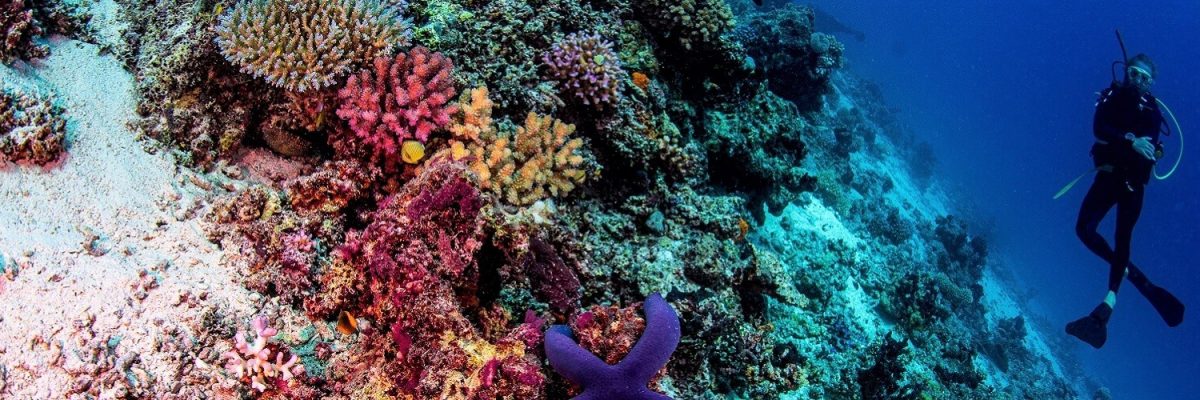Do you want to take your underwater photography to the next level? There’s a lot more to it than a fast dip with a point and shoot, read this guide and you’ll soon be showing off gorgeous underwater images. Let’s get started!
The camera: It is entirely up to you which one you select. If you wish to use the one you already have, see if there is an underwater housing for your camera and lens or else, buy one first. But remember the better the camera, the better your photos. Now this doesn’t always mean an expensive DSLR, smartphones these days do a great job too!
The housing: The housing is the waterproof case that contains the camera while shooting underwater. You want a housing that is easy to hold and where the essential shooting controls – focus, change AF point and so on are easy to reach with your fingers without having to take your hand off the grip every time.
A wide angle lens: The secret when you think about how to take underwater photos is all about getting close to your subject, and a wider angle lens allows you to get closer to things like turtles, enormous coral outcrops, and divers. This means that your photographs will be brighter, clearer, and have greater detail/contrast.
Close-up/macro setting: Macro subjects, such as nudibranchs and shrimps, are among the most exciting and most accessible categories of subjects in underwater photography. And, once again, you want to get as near to your subject as possible in order to fill the frame. Aside from that, a camera with quick autofocus, simple controls, and a built-in flash is excellent!
The strobe: This is basically your underwater flash. In essence, an important aspect of how to take pictures underwater, is recording light. Because natural light is always weak underwater, you’ll need a powerful flash to not only illuminate the picture but also add in the light that is absorbed by the water. Simply defined, the strobe is the most critical component in capturing high-quality photographs. Period.

Get up close and personal: While macro photography necessitates getting close to your subject, you should also try to get close to your other subjects. This is especially true when using a wide-angle lens. The closer you are to the subject, the more likely you are to get an interesting and detailed shot.
Understand bubbles: When you think about how to take underwater photos well, consider this, air bubbles. Yes, they can be both a nuisance and a fascinating addition. They might be a distraction in a photo of sea life, or they can provide drama and tale by drifting up into the distance. The trick is to be aware of them and try to exploit them.
Get the correct exposure: Learn how to properly expose images while underwater. It will take some practice. Even if it’s difficult to see, enable the in-camera histogram so you can properly expose your photo to avoid highlights and ultra-dark shadows.
While some of these can be corrected in editing tools, certain elements are irreversible. Also, don’t be hesitant to include contrasting aspects in your photographs; they’re frequently the most eye-catching.
Compose your shot: Consider getting above or below your subjects, and keep surrounding and background components in mind. A photo of a school of fish or sharks taken from below produces fantastic silhouette-style photos. A tropical fish in front of a reef is also more interesting than otherwise.
How to take underwater photos is a question that is often answered insufficiently. We hope this article can change that. Also, it is ideal to pay a little more to get the right equipment rather than buying something cheaper as a compromise that you will have to upgrade later. Almost every photographer passes through a stage like this (for example, with tripods), and almost every experienced photographer recommends against it subsequently.
Underwater photography is not common and is an activity that only a few get to pursue. This guide on how to take pictures underwater hopefully is a wholesome list that makes your journey easier. From technical requirements to things that will come with a little (or a lot) of experience. We have tried to cover it all!
Call us now at +52-624-1443871 and book your next diving in Mexico with bull sharks.